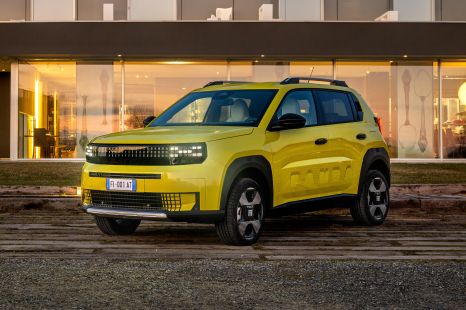

Damion Smy
It's official: Europe to scrap 2035 combustion engine ban
8 Hours Ago
Guest User
My dashboardThe Queensland Police Service has detected hundreds of drivers with cocaine in their systems, but many, many more meth-users.

Contributor
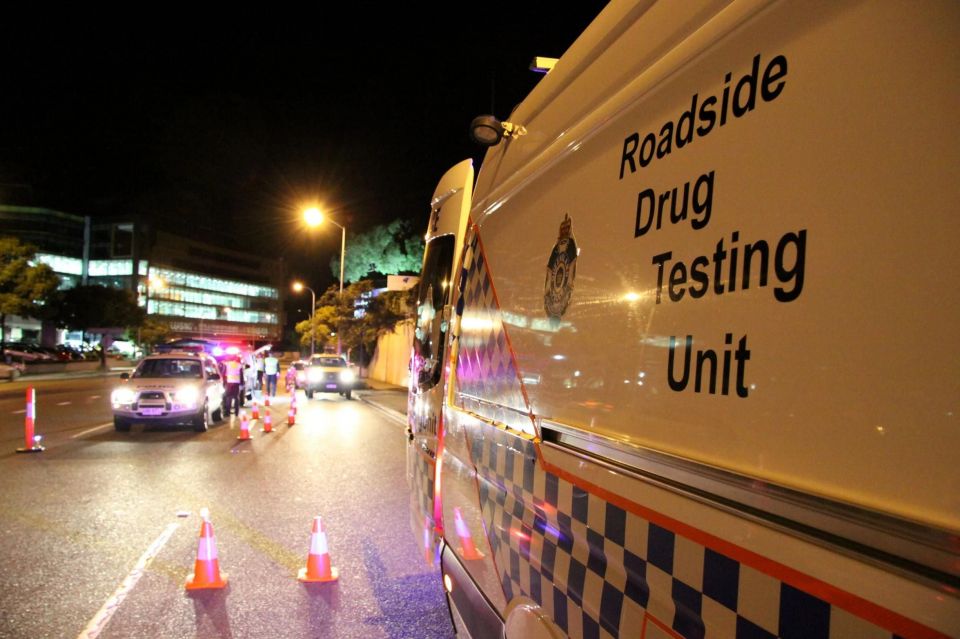

Contributor
The Queensland Police Service has caught hundreds of cocaine-affected drivers after it expanded its roadside testing program to detect the drug, but meth is an even bigger problem in the Sunshine State.
A total of 332 drug driving offences involving cocaine were recorded by the QPS during 2023.
Between July 1 and December 6, 2023, the QPS recorded 26,251 roadside tests for all drug types. Around one in five tests (5523) saw a positive result.
The number of cocaine-affected drivers caught by roadside testing pales in comparison to some other drugs.

Data shows that between July and November, of the 4146 drug driving occurrences recorded by the QPS, over 60 per cent of drivers – or 2492 in total – tested positive for tetrahydrocannabinol (THC).
Just over 57 per cent of drivers (2395) also tested positive for methamphetamine.
In contrast, just five per cent of drivers (244) who tested positive for drugs were identified as having cocaine in their system.
From July 7, 2023 the QPS expanded its roadside drug test panel to include cocaine after an increase in drivers testing positive for the drug over the last five years.
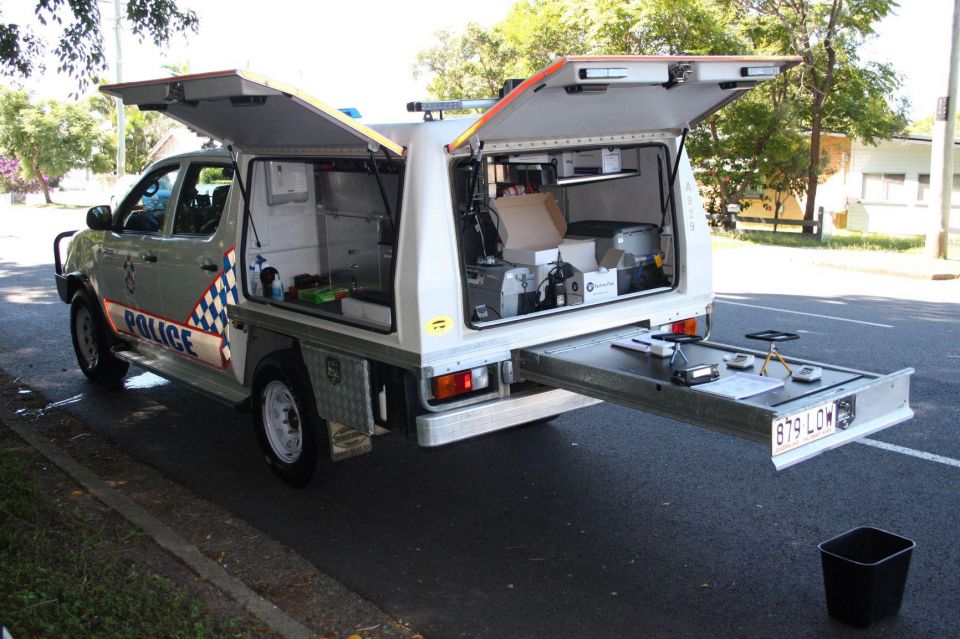
The Queensland Government says cocaine can affect drivers in various ways including feeling overconfident, losing concentration, driving aggressively or taking more risks, and having difficulty focussing on driving.
Drivers who return a positive result for cocaine, cannabis, speed, ice and or ecstasy face a penalty of one-month licence disqualification and a fine of up to $2167 for a first offence. Repeat offenders face jail time.
“Police can undertake roadside drug testing anywhere, anytime at the discretion of a police officer, whether it be a randomly selected vehicle, as a result of driver behaviour or after a traffic crash,” a Queensland Police spokesperson told CarExpert.
Random roadside screening has been used in Queensland since 2007, and the QPS says it conducts around 50,000 random tests every year.
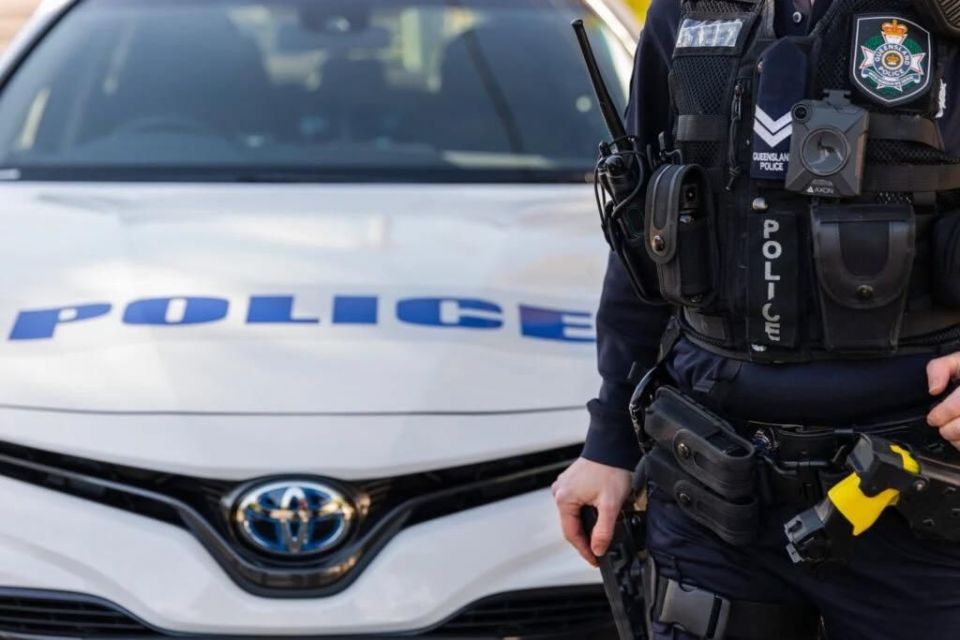
Before roadside swab-testing of saliva was introduced, the only way to identify drug drivers was through blood samples taken at a hospital.
Swab-testing has gotten quicker since then, and it now takes two minutes to get a result – down from eight at the outset of testing.
Unlike roadside breath tests (RBTs), which measure the concentration of a substance, roadside drug tests are intended to detect the mere presence of drugs, which the QPS says “shouldn’t be present in a person’s saliva in any concentration”.
MORE: Queensland Police adds another illicit drug to roadside testing
Jade Credentino is an automotive journalist currently based in Melbourne, Australia. Jade has had a chance to review a variety of vehicles and particularly enjoys SUVs. She enjoys traveling and going on road trips exploring Australia.


Damion Smy
8 Hours Ago


William Stopford
9 Hours Ago
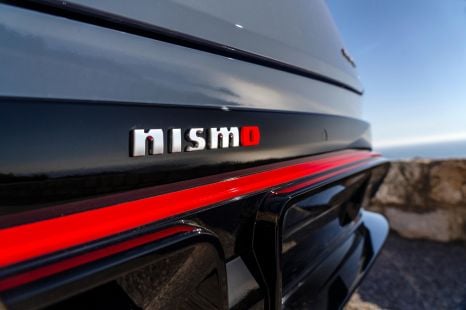

Ben Zachariah
9 Hours Ago
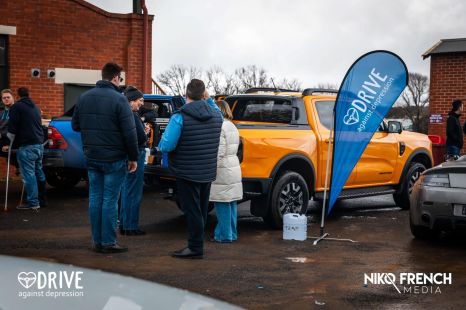

James Wong
10 Hours Ago


James Wong
13 Hours Ago


Derek Fung
15 Hours Ago